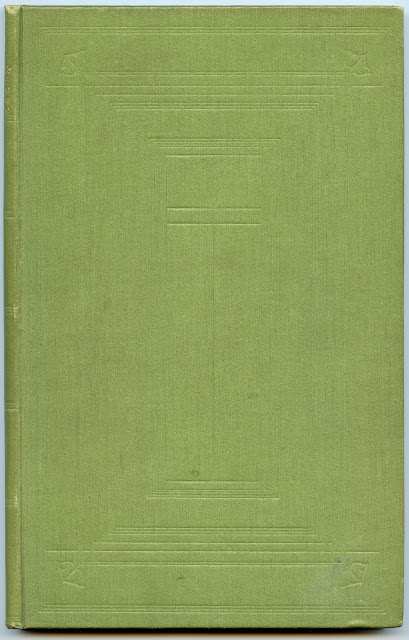James McNeill Whistler wrote hundreds of letters. On 20 March 1901, he posted a letter in Ajaccio, destined for London where his sister-in-law Rosalind Birnie Philip would open it sometime later to read his instructions:
Go in one day to Van Wisselinghs “Dutch Gallery”. There is an exhibition of C.H. Shannon’s drawings pastels etc.. Get a catalogue and post -
(See Letters of J. McN. Whistler 1855-1903; A.M. Whistler, 1829-1881, online at the University of Glasgow website.)
A text-only catalogue, printed in Vale type, had been issued by the Dutch Gallery, 14 Brook Street. It listed 73 drawings (studies, mostly in chalk or silverpoint), pastels, lithographs and woodcuts.
 |
Charles Shannon, 'The Toilet' (lithograph) [National Gallery of Victoria, Melbourne, Felton Bequest, 1914]
|
The exhibition was favourably reviewed by Roger Fry in The Athenaeum (23 March 1901), who stated that the show was 'as rare as it is delightful':
His imagery is unconditioned by time and place. He combines and recombines into a succession of harmonious designs a few elemental motives. The relaxed forms of leisurely torsos, the rhythmic movement of bare limbs seen against an expanse of sea, figures draped in vague impersonal costume moving slowly in a dim chamber - these, and such as these, are the whole material of his art.
[...]
It will be seen, then, that Mr. Shannon sets before himself a most difficult task: he resolutely refuses all those aspects of life which fascinate our curiosity or involve the interests and passions of every day; he will gratify us only in so far as he can reveal and we can accept ideas of pure visual beauty, almost as pure and as unconditioned as the ideas of music.
Fry noted that 'a certain grasp of structural form' was lacking, and 'a more permeating imaginative investigation of the relations of the parts in a possible three-dimensional space' could be hoped for in future works by this 'distinguished' artist. He singled out some studies for 'Shell-Gatherers' as evidence of Shannon's investigative nature.
 |
Charles Shannon, 'Shell-Gatherers' (lithograph, 1894)
[British Museum] |
On 6 April Whistler, still on the Island of Corsica, had received a report, or several letters, from his sister-in-law, and he answered:
I have had all the results of your expeditions - The Galleries - and the tea parties - and the various descents upon the town! -- Shannon's catalogue & the rest of it! all excellent! and very prettily done - together with wise & most apt remarks upon the occasions - which I enjoyed in my Island! - Napoléons - & mine! -
















